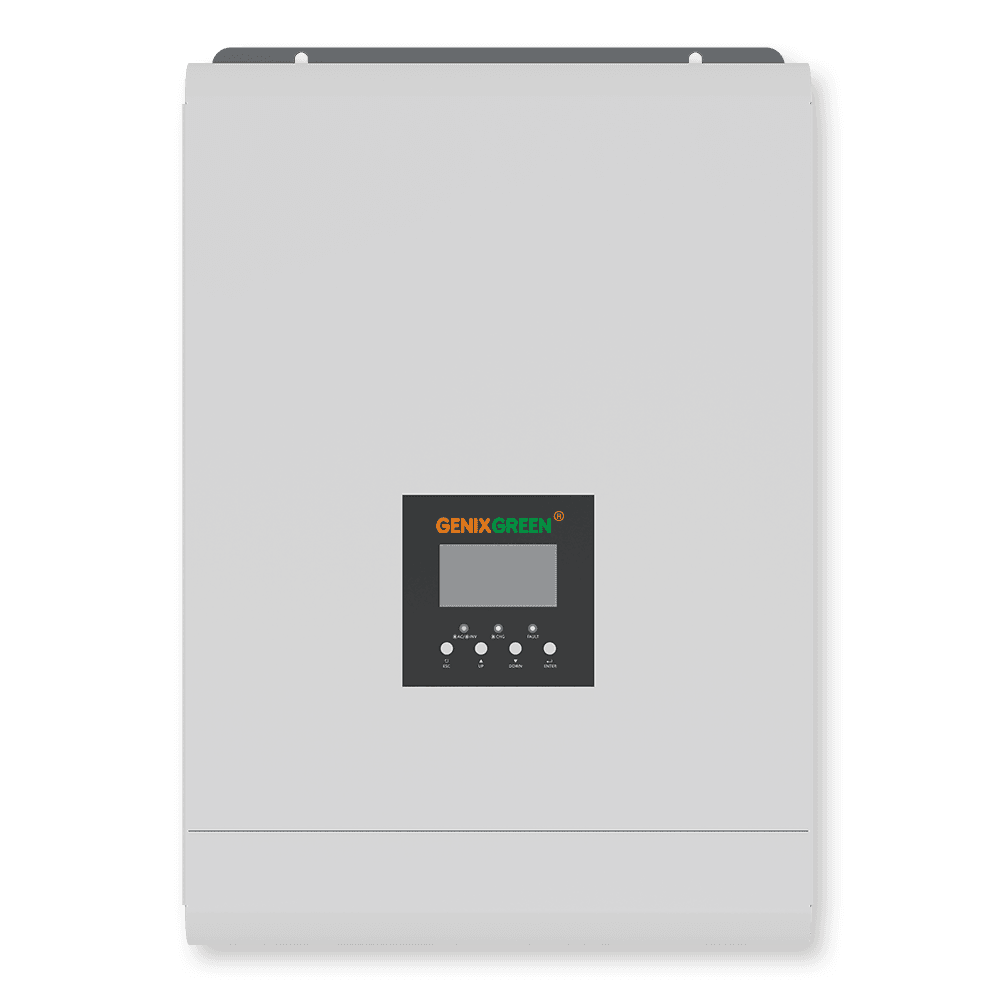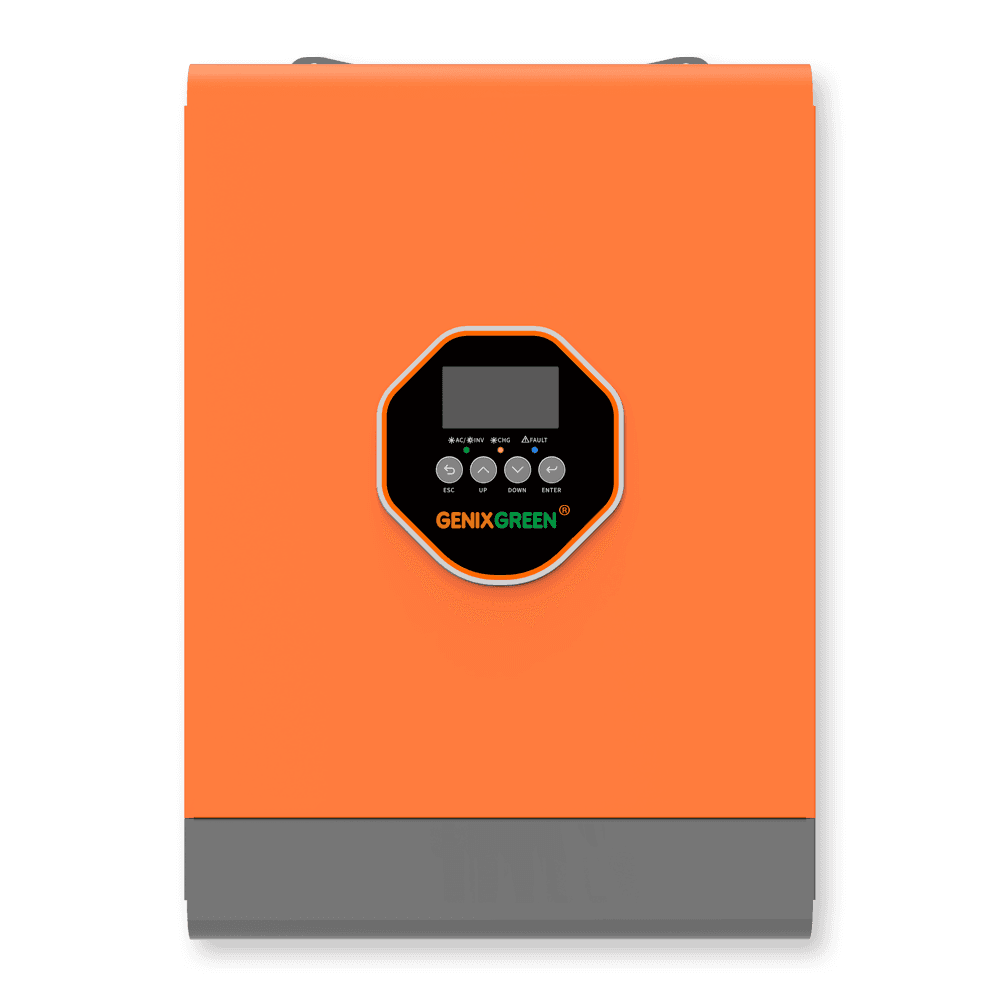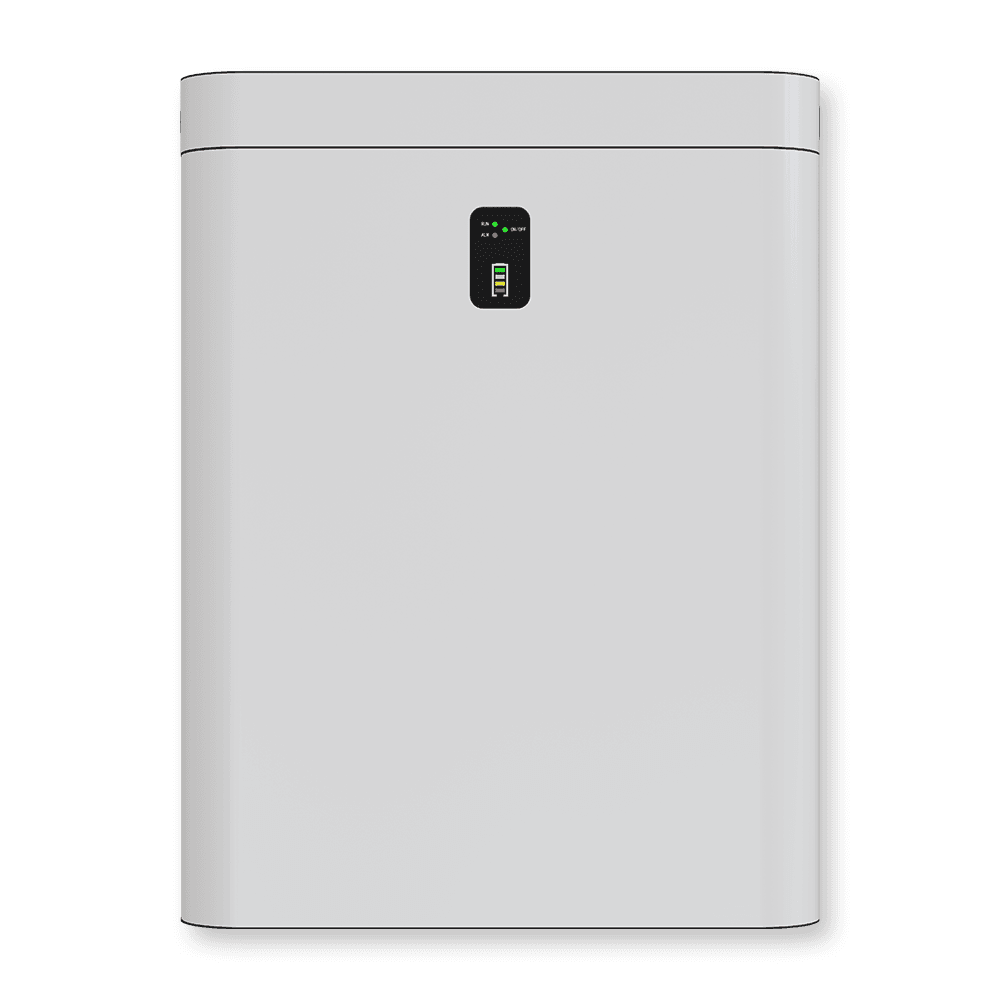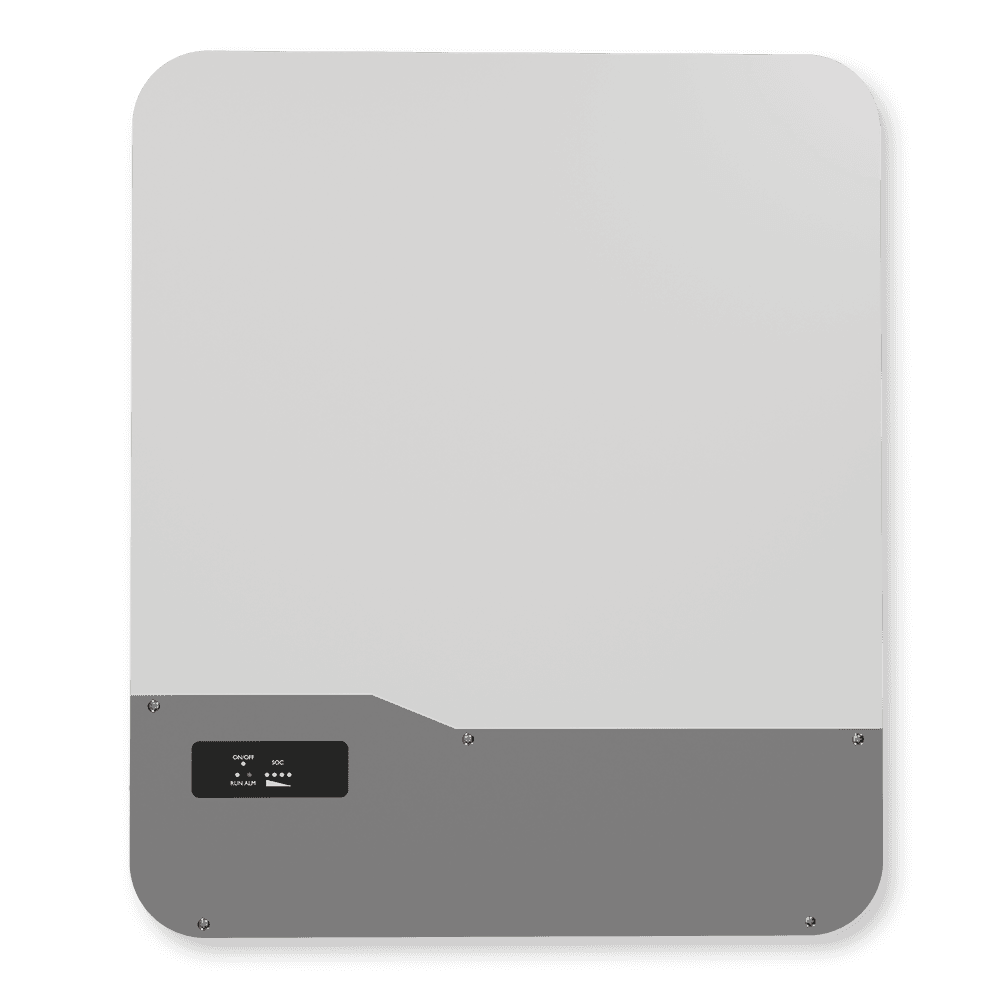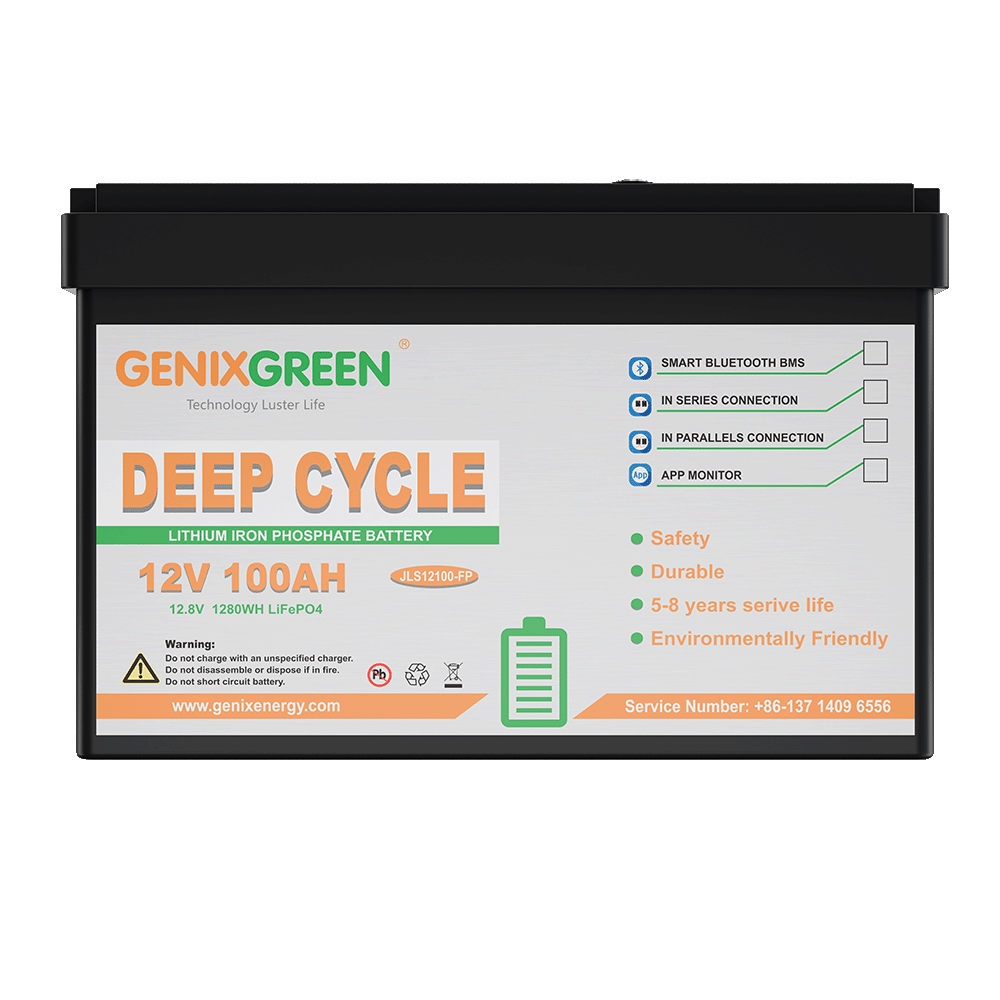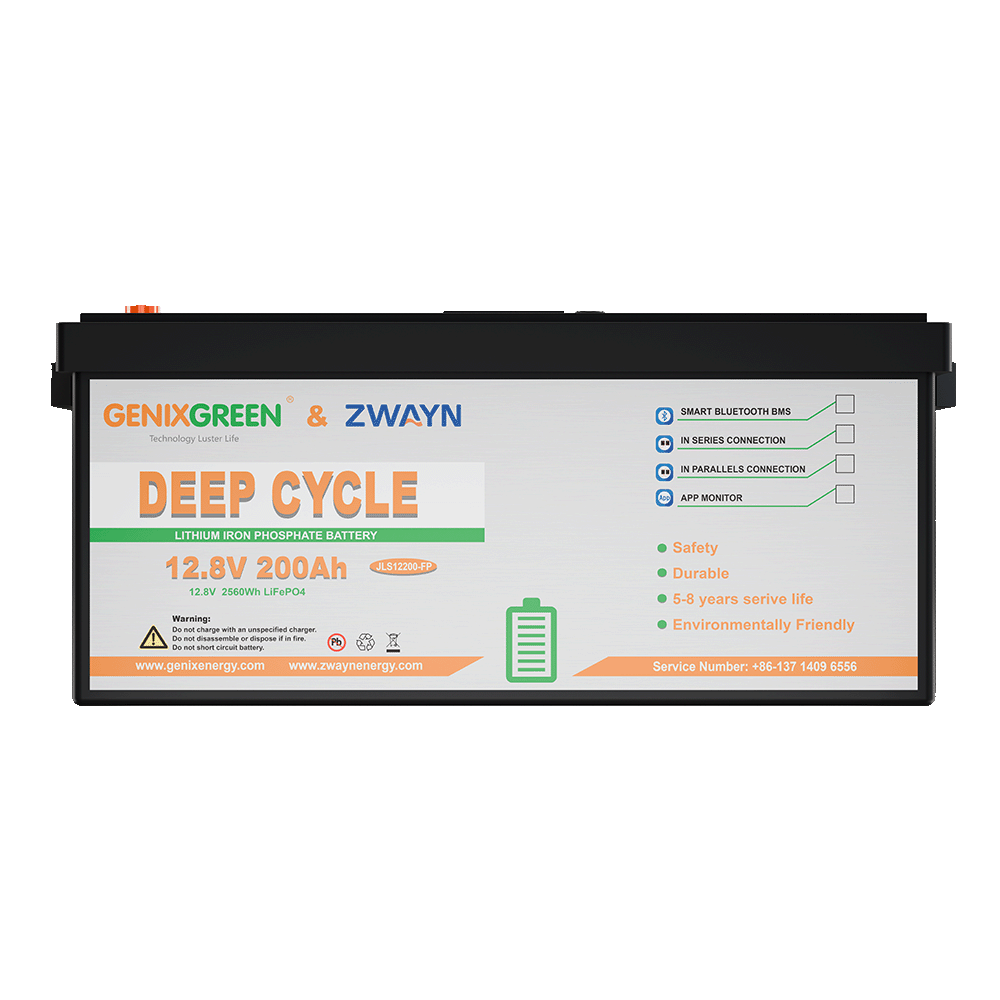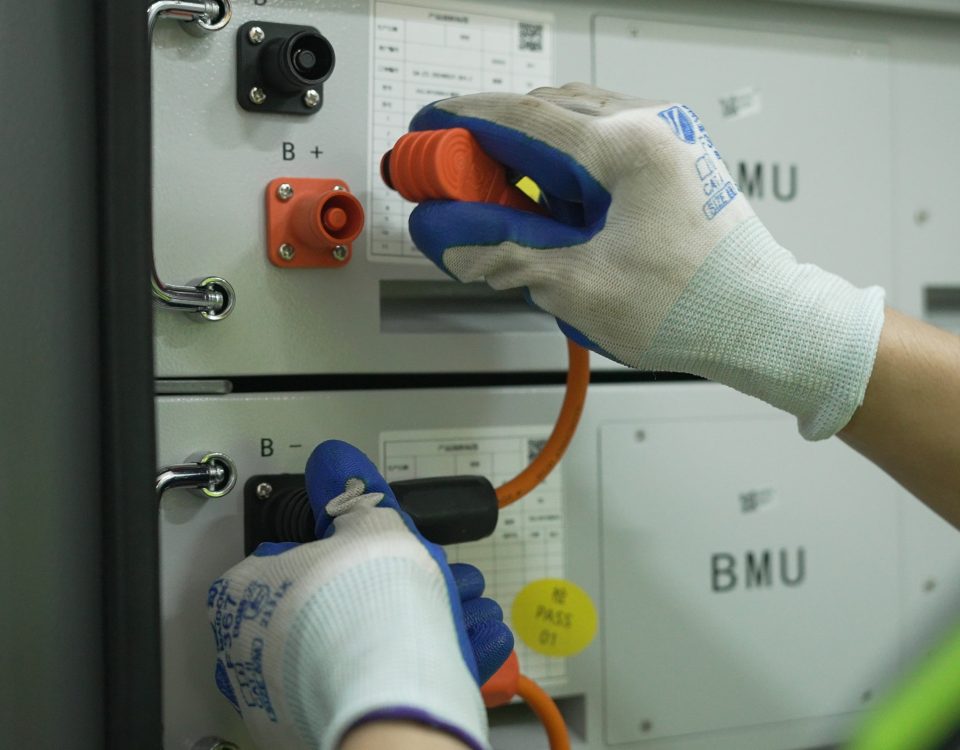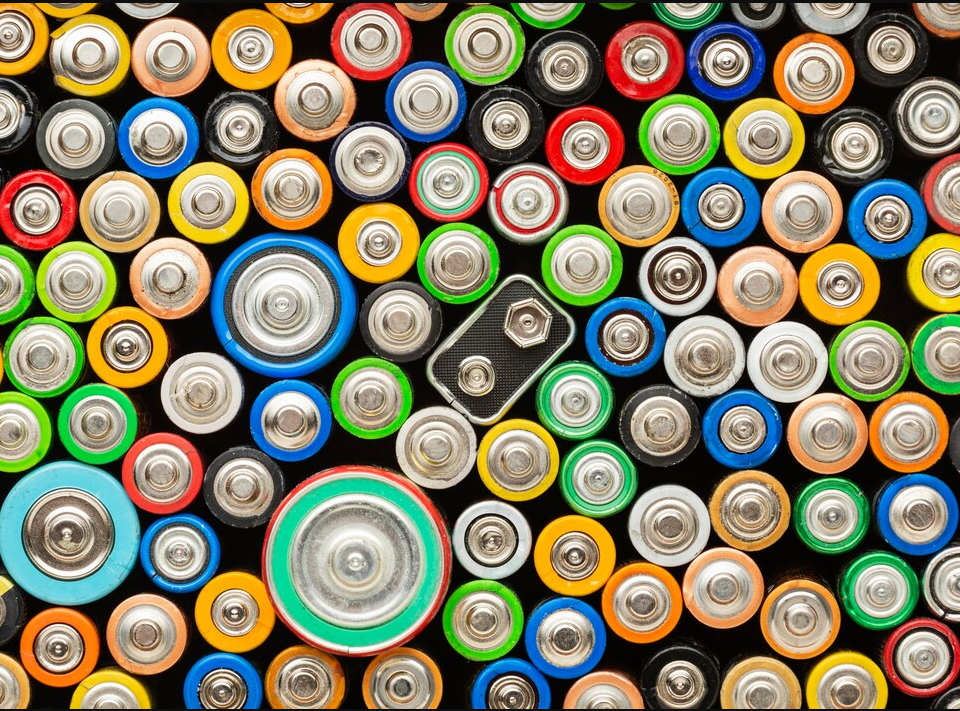
Why Anti-Aging Solar Cells Are the Linchpin of the Energy Transition—And Why Silicon Is Winning the Battle

Will lithium batteries freeze in winter?
As electric vehicles (EVs) continue to dominate the automotive landscape, lithium-ion batteries have emerged as the preferred choice over traditional lead-acid batteries. This article delves into the 10 key advantages of lithium-ion batteries, elucidating why they are increasingly adopted in EVs and other high-performance applications.
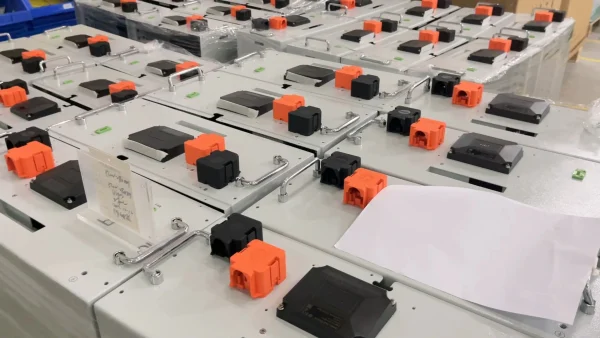
- Longer Cycle Life
Lithium-ion batteries can endure over 500 charge-discharge cycles while retaining more than 70% of their nominal capacity at 1C rate. In contrast, lead-acid batteries typically last only 300-350 cycles, with capacity dropping below 60% by the same cycle count . This extended lifespan reduces replacement costs and waste in EVs. - Superior Low-Temperature Performance
Operating efficiently at -25°C, lithium-ion batteries maintain 70% of their capacity in extreme cold, whereas lead-acid batteries lose half their capacity at -10°C and fail entirely at -25°C . This makes lithium-ion batteries ideal for regions with harsh winters or for vehicles that experience frequent temperature fluctuations. - Exceptional Charge Retention
When left idle for two months, lithium-ion batteries retain 80% or more of their charge, while lead-acid batteries degrade to just 40-50% . This feature ensures reliable energy availability for EVs during extended storage or infrequent use. - Enhanced Range and Efficiency
With 30% lighter than lead-acid batteries, lithium-ion batteries improve vehicle efficiency and extend(range) by reducing overall weight. Despite their smaller size, they store equal or more energy due to higher energy density, making them ideal for space-constrained applications . - Higher Energy Density
Lithium-ion batteries achieve 460-600 Wh/kg, which is 6-7 times that of lead-acid batteries (30-50 Wh/kg) . This allows EVs to maximize energy storage without compromising on vehicle design or payload capacity. - Broader Operating Temperature Range
While lead-acid batteries function optimally only between 10°C-40°C, lithium-ion batteries perform reliably from -25°C to 55°C . This adaptability makes them suitable for diverse climates and extreme operating conditions. - Faster Charging
Lithium-ion batteries charge in 4-5 hours at high currents, compared to 8-10 hours for lead-acid batteries . This rapid charging capability reduces downtime and enhances user convenience, particularly for commercial fleets and daily commuters. - Environmental Sustainability
Lead-acid batteries contain toxic lead, posing significant health and environmental risks during production and disposal . Lithium-ion batteries, while not entirely hazard-free, are safer and more recyclable, with a growing emphasis on sustainable production processes . - High Discharge Current Capacity
Lithium-ion batteries can deliver up to 1.5C discharge currents without significant capacity loss, ensuring strong performance during acceleration and hill climbing . Lead-acid batteries, conversely, degrade rapidly under high current loads . - Unaffected Cycle Life Under High Discharge
Unlike lead-acid batteries, lithium-ion batteries maintain their cycle life even with frequent high-current discharges, unlike lead-acid batteries which suffer accelerated wear . This durability is crucial for EVs that require consistent high power output.



